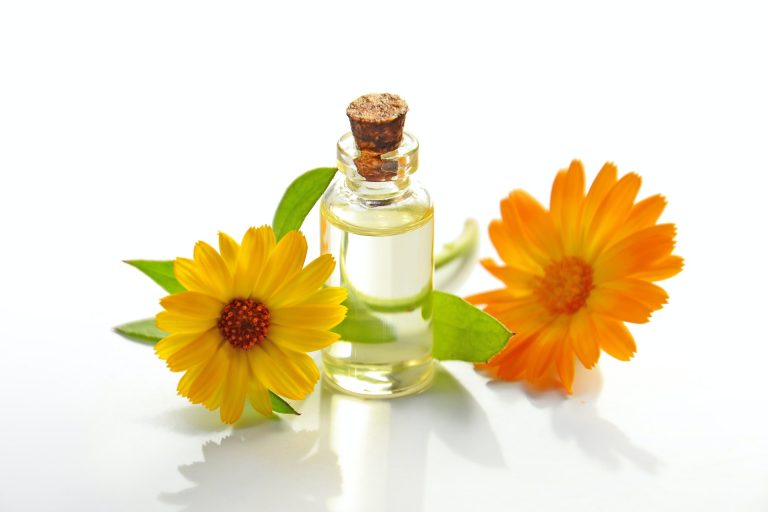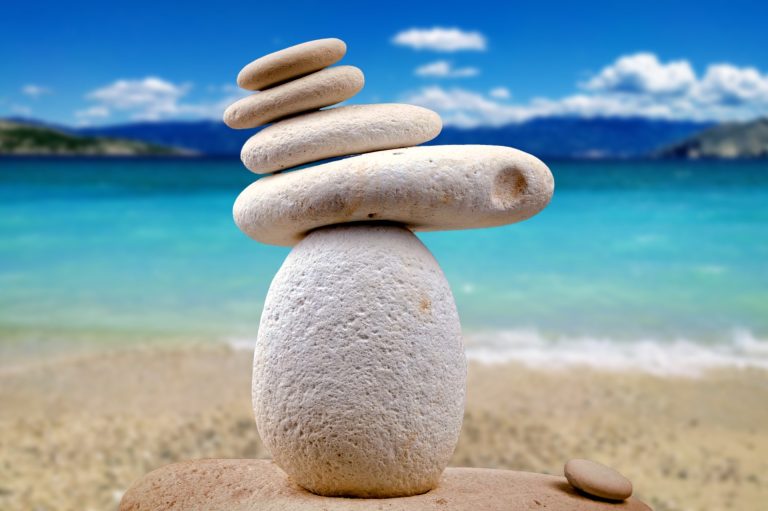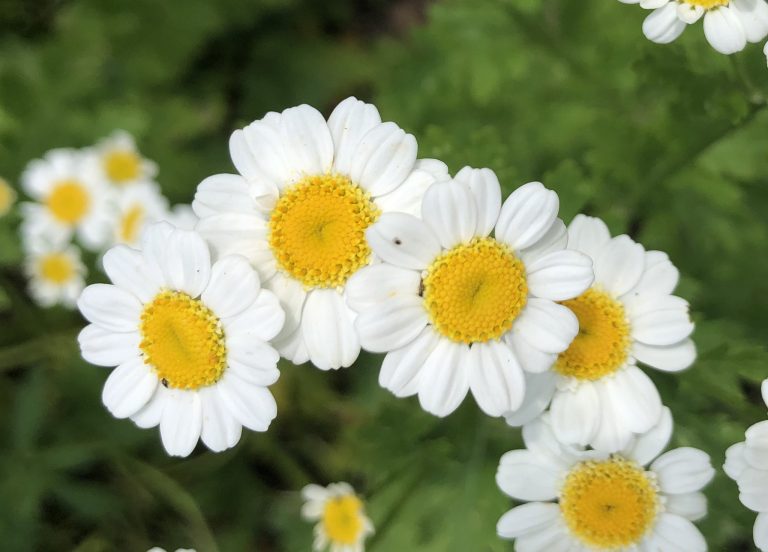Many people may see aromatherapy as a mystical practice with little scientific basis. In fact, the use of aromatic plants dates back to antiquity, and is frequently mentioned in spiritual texts. People have been researching the practice scientifically for nearly two centuries, and it is now considered a branch of medicine.
While it may make sense on an intuitive level that scents can be uplifting and healing, it is difficult to pinpoint exactly why this is true. A brief look at the history of aromatherapy and the scientific studies that ensued will help shed some light on the subject.
History of aromatherapy
Although aromatherapy only recently became recognized as a full-fledged branch of medicine, the practice of using aromatics goes back as far as 3500 BC. Several old world countries have employed plants and their extracts in medicine, religious rituals, and perfumery for thousands of years.
A French perfume maker sparked interest in essential oils in 1830, which quickly led to scientific studies measuring their medicinal properties.
By 1887, Charles Chamberland, an assistant to Louis Pasteur, was studying the antiseptic properties of aromatic essential oils like oregano, clove and cinnamon for the treatment of Anthrax, a rare but serious bacterial disease.
Success
You are now signed up for our newsletter
Success
Check your email to complete sign up
René-Maurice Gattefossé, a chemical engineer from Lyon, published many studies on what he termed “aromatherapy” after recovering from severe burns resulting from a lab incident through treatment with pure lavender oil in 1910.
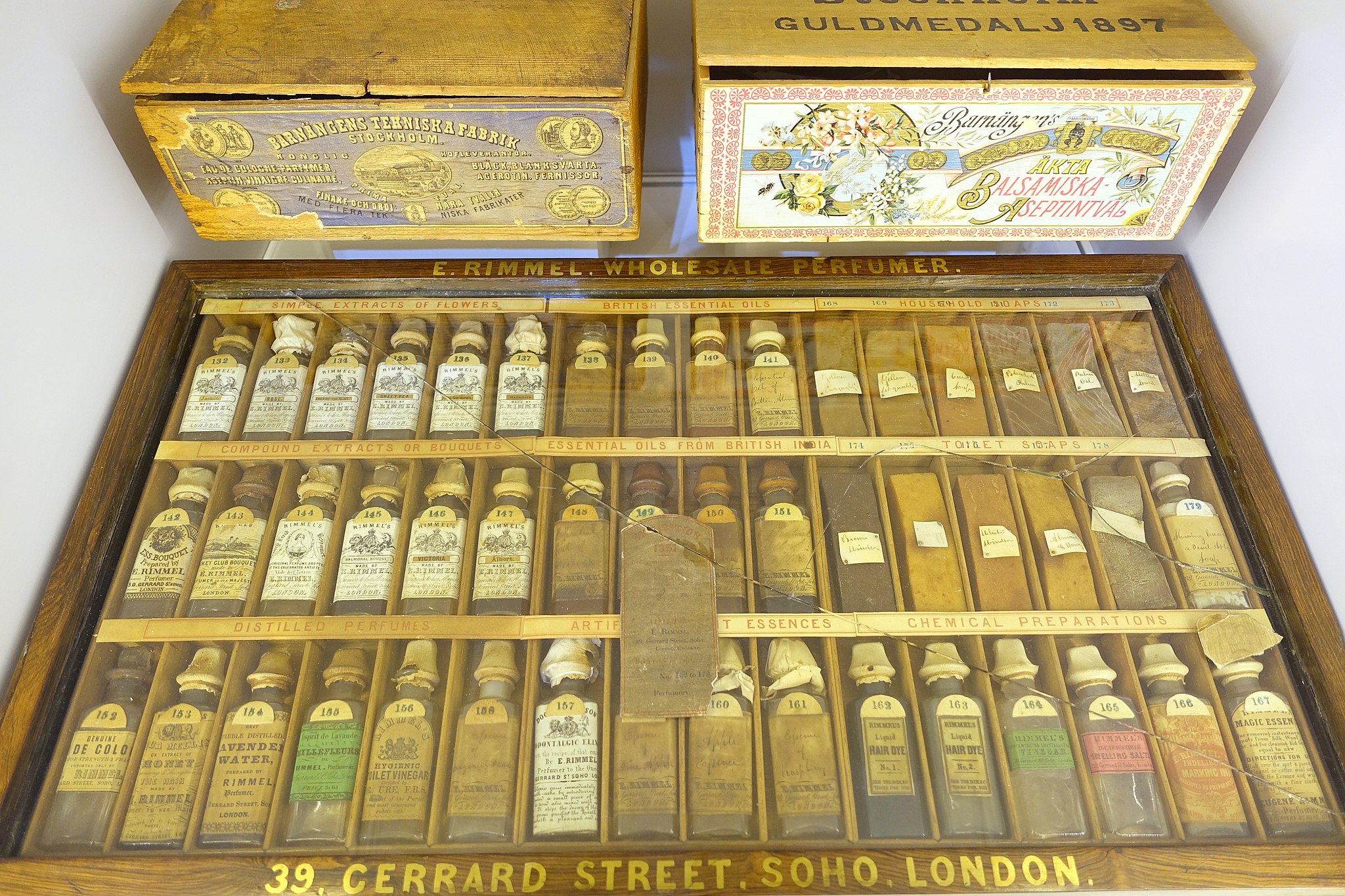
In 1929, French pharmacist Sévelinge discovered the antibacterial properties of certain aromatics, and by the 1950s they were being used to treat injured soldiers. Today’s classification considering plants’ unique chemical compounds was brought about by Pierre Franchomme in 1975. The pharmacologist/aromatologist introduced the idea “chemotype” as a way of identifying plants according to their chemical properties.
Aromatherapy today
Aromatherapy has been viewed as both an art and a science, according to Healthline. For thousands of years, humankind has been using aromatherapy through resins, balms and essential oils for religious and medical purposes. It is said to heal the body, mind and spirit. The National Association of Holistic Aromatherapy (NAHA) describes the art as “the therapeutic application or the medicinal use of aromatic substances (essential oils) for holistic healing.”
Essential oils, as defined by the International Standards Organization (ISO) in 1997, are products “obtained from vegetable raw material, either by distillation with water or steam, or from the epicarp of citrus fruits by a mechanical process, or by dry distillation.”
Studies have shown that aromatherapy can help manage pain, improve sleep quality and digestion, reduce stress or anxieties, soothe aching joints and headaches or migraines, lessen the side effects of chemotherapy, fight bacteria or viruses, and boost immunity.
Conditions reported to be healable through aromatherapy include asthma, insomnia, fatigue, depression, inflammation, menstrual issues, and cancer. Aromatherapy may also provide relief in some cases of psoriasis, but should be used under the advice of a health professional.
How aromatherapy works
While antibacterial, antiseptic, and other medicinal properties can be measured scientifically, the issue of aroma is a bit more mysterious. It appears that scents may affect individuals differently, depending on how they were first exposed to them. According to Harvard professor Venkatesh Murthy, smell and memory are inseparably linked due to the brain’s anatomy.
When we breathe in aromatic odors, the molecules are picked up by olfactory cells, which are designed with tiny hairs that can specifically detect a particular smell. The messages then travel up the limbic system, the part of the brain connected to emotion and associative learning. In fact, our sense of smell is the only one of our five senses that is linked with emotion. For this reason, different smells conjure up different feelings for each individual.
Some essential oils are known to have compounds called sesquiterpenes, unique in that they can cross the blood brain barrier to access the brain tissue and cerebrospinal fluid. Sesquiterpenes are a natural sedative; they have calming properties and support the immune system.
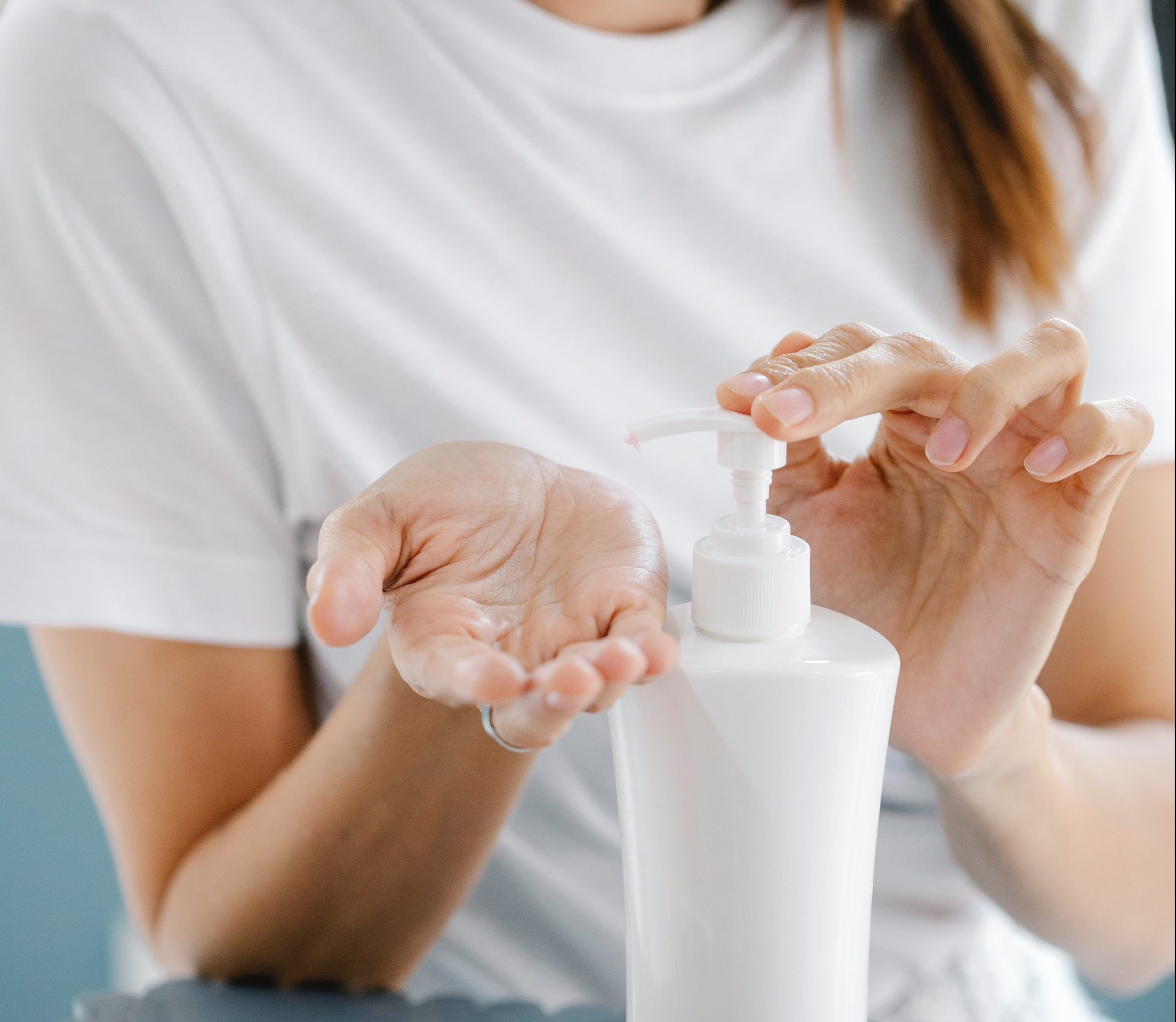
Many studies have demonstrated how one’s first encounter with a scent will be colored by their experience at the time, triggering a similar emotional response each time the scent comes up in the future. Two separate studies on a variety of scents in the UK and the U.S. showed a surprising contrast in reactions to the scent of wintergreen. Apparently in the UK, where the scent was considered unpleasant, wintergreen had been the odor of a widely used painkiller during WWII. In the U.S. it was associated with a delightful pink candy, so Americans had a positive emotional response to the scent.
Scientific American explains this learned response as follows: “a novel odor is experienced in the context of an unconditioned stimulus, such as surgical procedure in a hospital, which elicits an unconditioned emotional response, such as anxiety. The odor then becomes a conditioned stimulus for that hospital experience and acquires the ability to elicit the conditioned response of anxiety when encountered in the future.”
Odors which are physically irritating, however, act on the trigeminal nerve instead, and can have an immediate (unlearned) repelling effect.
The most commonly used scents in aromatherapy have universal appeal and trigger positive emotions. Mood is known to influence productivity, creativity, and behavior. People tend to be more agreeable, more creative, and more productive when their mood is good. Thus, it is in the best interest of employers, educators, and shop-keepers to maintain a pleasant smelling atmosphere.
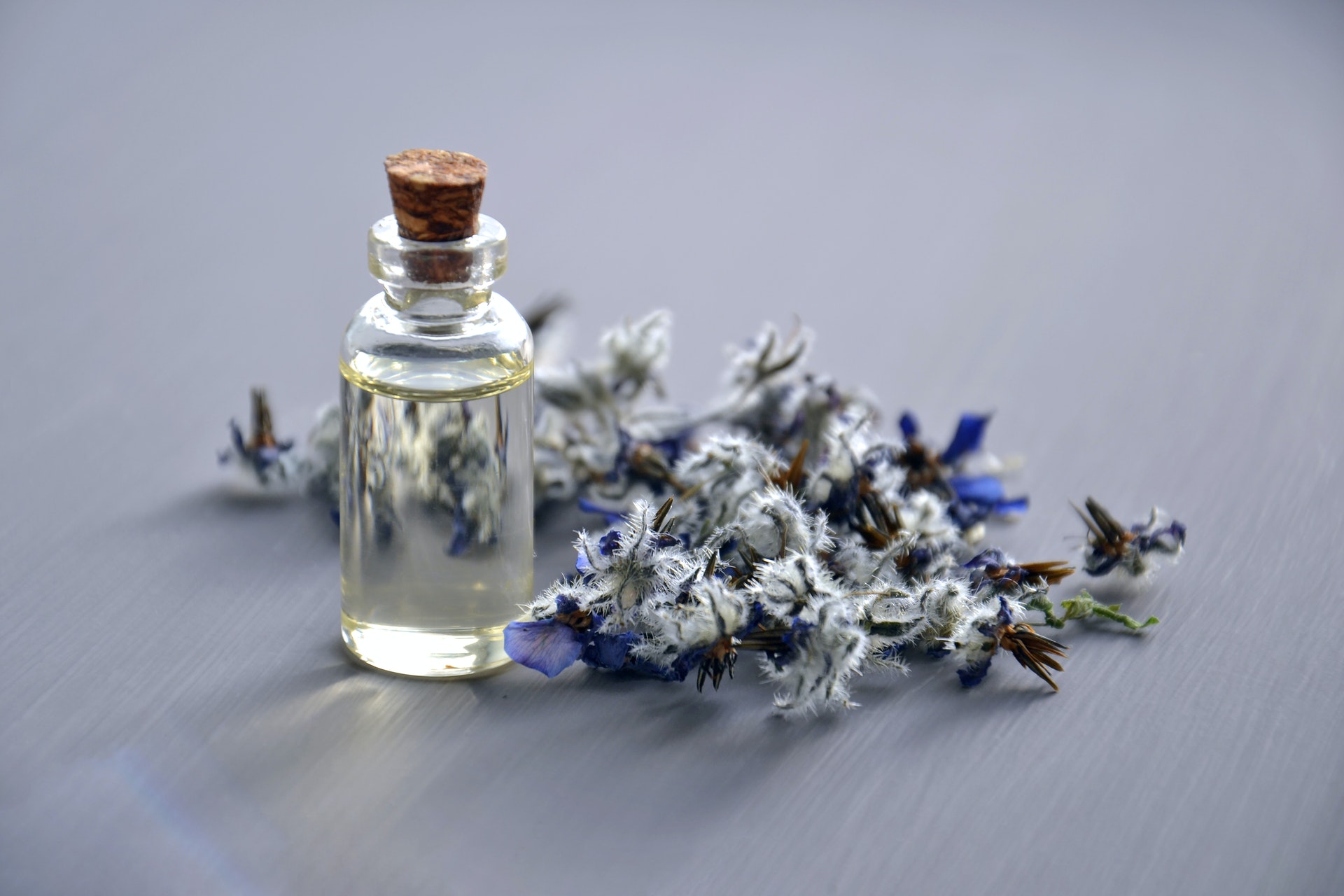
Yet scent is but one level of aromatherapy’s effect on the human body. Aromatherapy also works through absorption; achieved either through inhalation or direct absorption into the skin.
When inhaled, aromatic molecules travel into the respiratory system, where their medicinal properties can go to work on defense and healing. Sinuses, the throat and chest can be soothed, while infections or allergies can be averted.
Essential oils in topical applications like bath salts, massage oils, and skin care products are absorbed into the skin. The molecules penetrate the epidermis (the top layer of the skin) and the dermis (the bottom layer) before reaching the blood vessels, through which they circulate into the rest of the body. Like inhaled scents, absorbed oils contain a variety of medicinal properties and antioxidants. Topical applications are often used to reduce signs of aging, rejuvenate cells, enhance blood flow and heal skin problems like acne and eczema.
Due to their concentrated nature, essential oils should not be applied directly to the skin. They require dilution with a more neutral carrier oil, such as almond oil, olive oil, or coconut oil. Proper care is needed to avoid allergic reactions.
Commonly used essential oils and their properties
Of the dozens of essential oils available, lavender oil is probably the most popular and versatile. Most find the scent of lavender to be calming, and it is commonly used to relieve anxiety, headaches and insomnia. Its medicinal properties also help against fungal infections, allergies, depression and nausea.
Tea tree oil has a strong medicinal scent, indicative of its medicinal value. Also known as melaleuca, tea tree oil contains antiviral, antibacterial and antifungal compounds that make it useful in many applications, including acne, warts, and fungal infections.
Peppermint oil boasts over 40 different compounds, including menthol, which gives it its stimulating minty scent that can help relieve nausea and improve both athletic and mental performance. Although the oil should not be ingested, it is believed to be beneficial in healing digestive disorders. Researchers believe that menthol helps relieve Irritable Bowel Syndrome by blocking the movement of calcium across the intestinal membrane, and thereby reducing abdominal spasms.
Lemon oil is known for its purifying properties, and is a scent often used in cleaning products. It is antibacterial and antiviral, but, like other citrus oils, can cause photosensitivity when used topically. It boosts immunity, circulation and lymphatic flow, and is generally thought to be an uplifting scent.
Clove oil is a potent antiseptic and a natural local anesthetic. It helps relieve toothaches and mouth sores, but the oil too should not be swallowed.
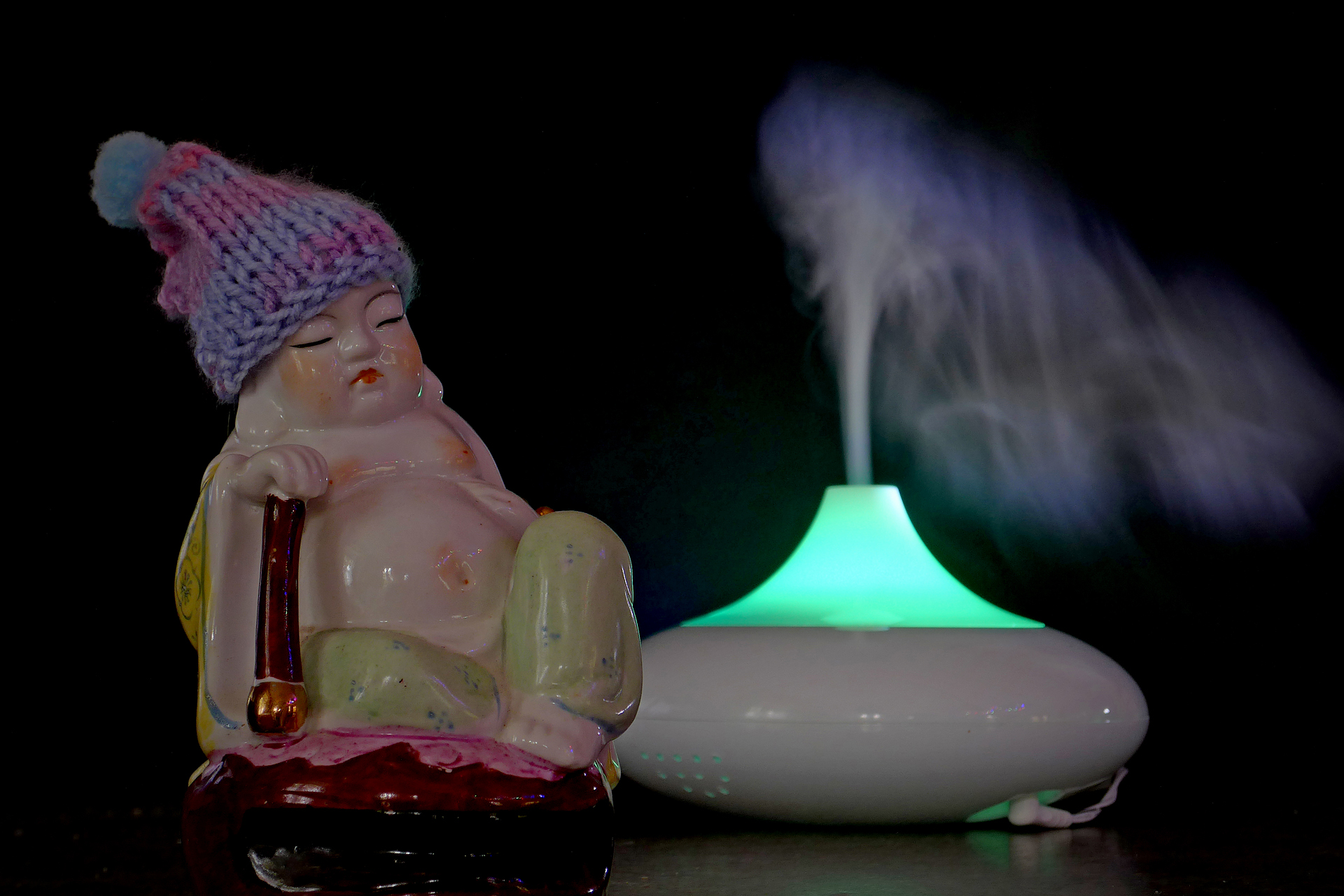
Using Essential Oils
Inhalation is the most common and simplest use of essential oils. Simply open the bottle and enjoy the scent by taking some deep breaths. Alternatively, you can add a few drops of oil to a pot of hot water and place your head under a towel to inhale the steam
A diffuser is a device used to disperse particles into the air. They often use water or heat and may require electricity, but they will spread the scent for an extended period of time.
Dry evaporation is simple – add several drops of essential oil to a dry material, from which it will slowly evaporate. A cotton ball, or paper towel tucked into something you keep nearby will provide hours of uplifting scent at very little cost.
Topical applications: While you should avoid using undiluted essential oils on your skin, you can use them topically by adding them to massage oils, lotions, and creams.
The steamy atmosphere of a bath or shower is an excellent opportunity to use essential oils. Add a few drops to your shower wall, a warm washcloth, or bath water to get the aromatic effect. You can also add the oils to your shampoo and body wash, or make your own bath salts.
A word of caution
While essential oils are widely available and easy to use, please remember to treat them with respect. They have medicinal properties and should be handled with care. Elderly individuals, children under 12, and women who are pregnant or breastfeeding should consult a physician before using essential oils.
Avoid using essential oils near sensitive areas like the eyes, ears, mouth, or where the skin is already irritated. Always dilute essential oils with a carrier oil before applying to the skin.
Start slowly and watch for adverse reactions when introducing a new oil.
Darren Maung contributed to this report.



